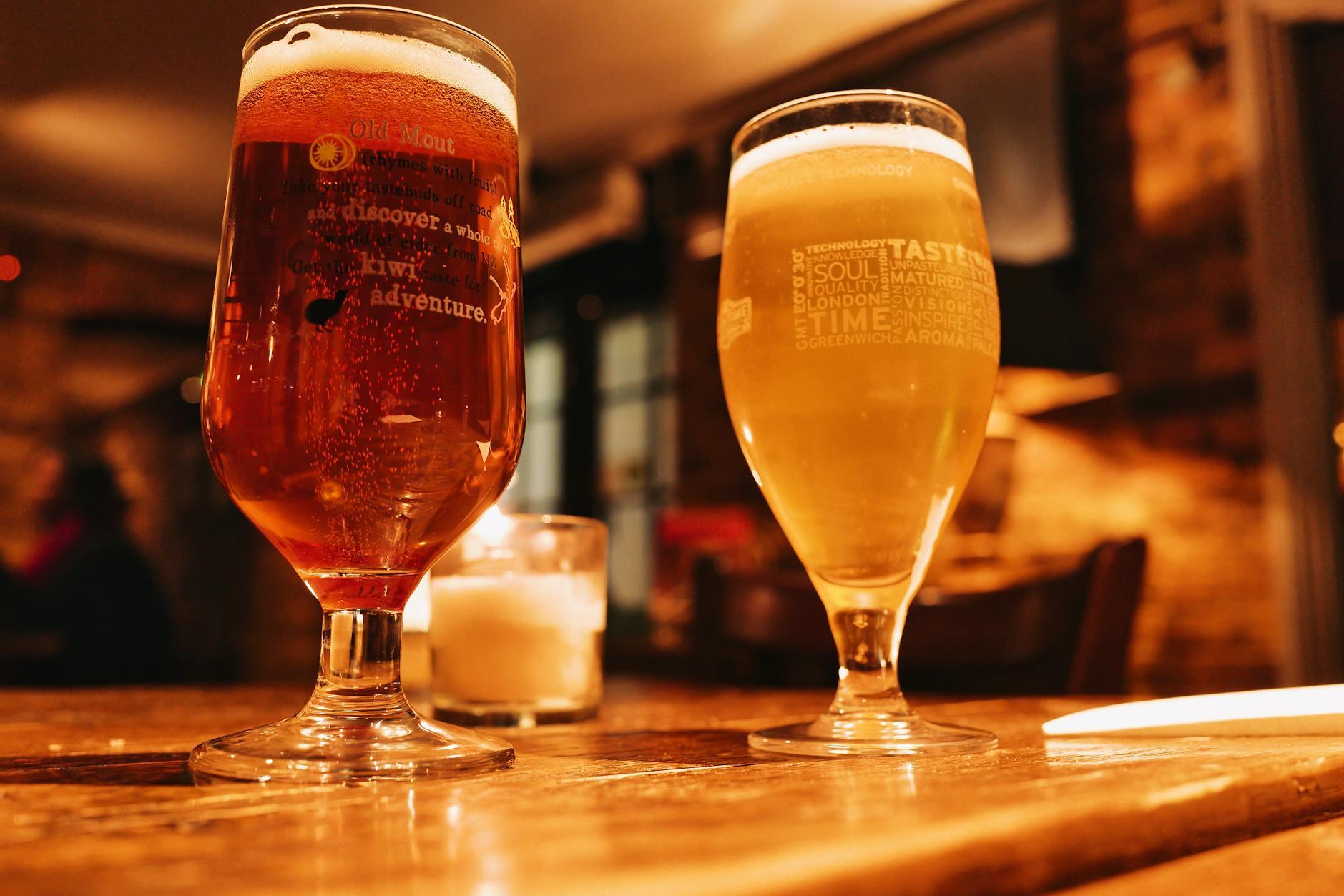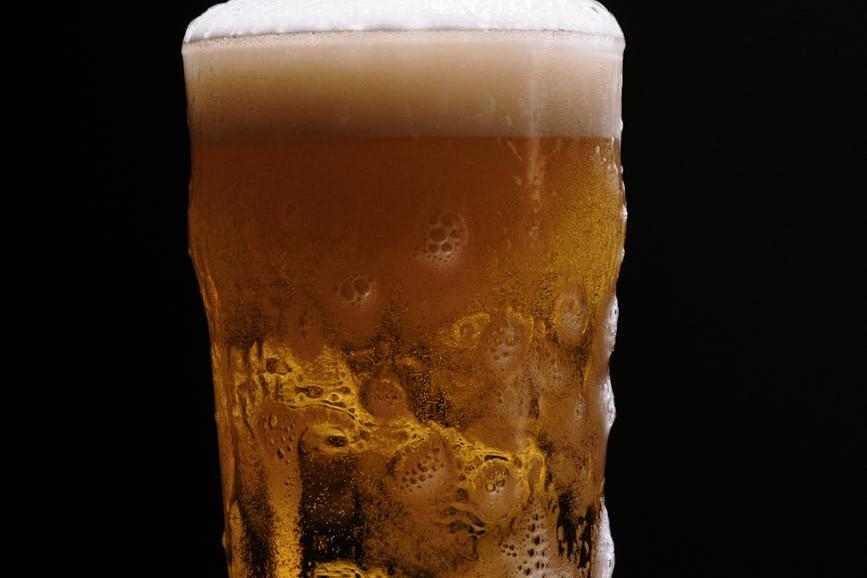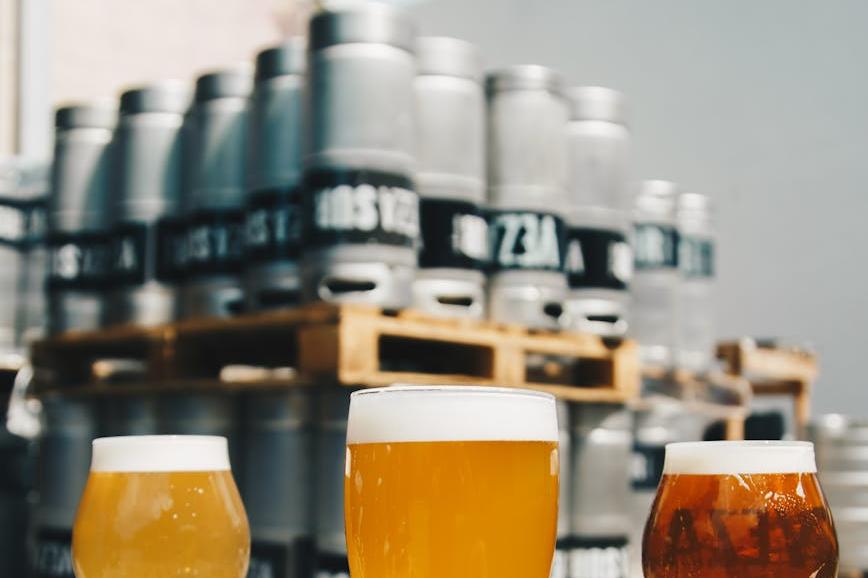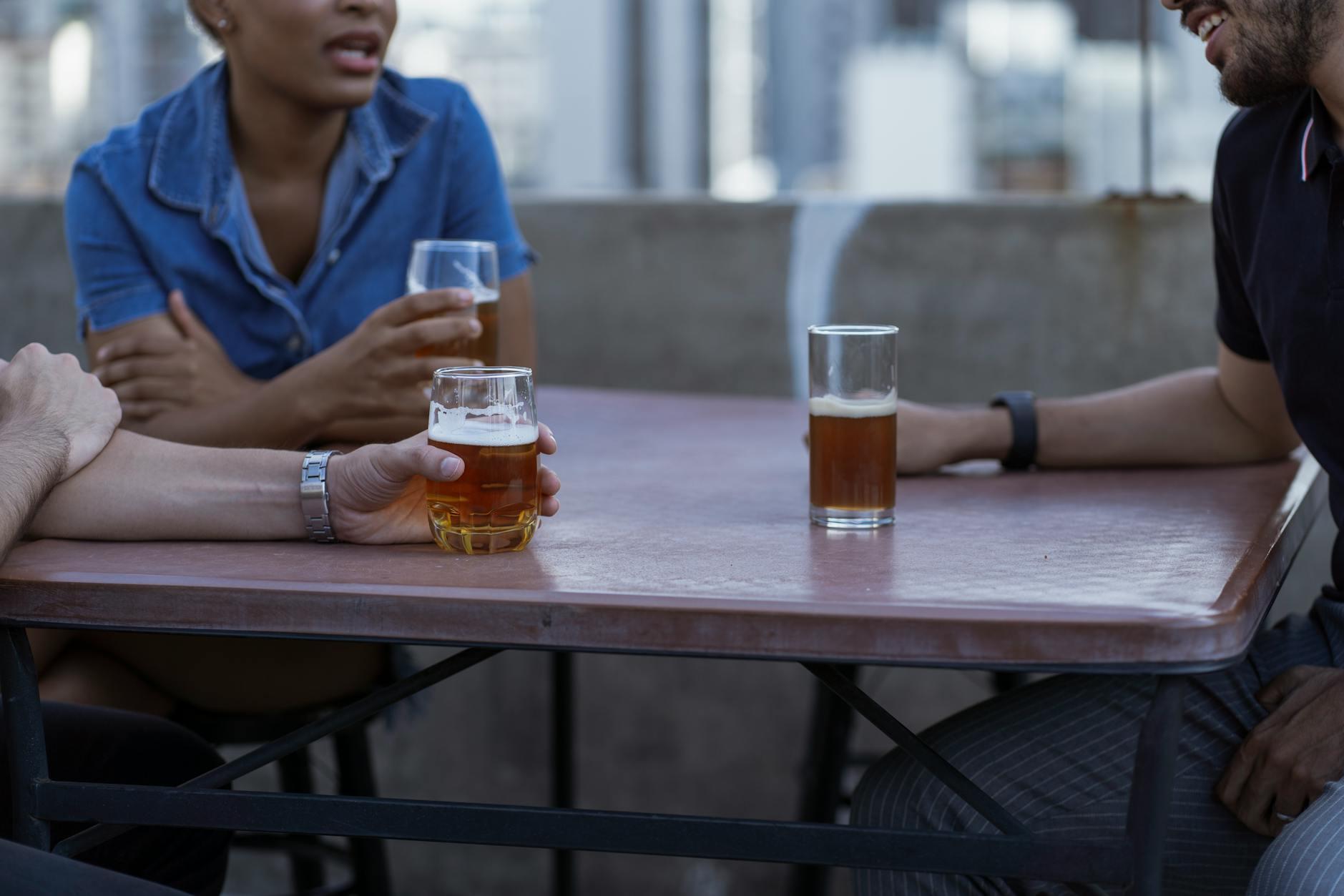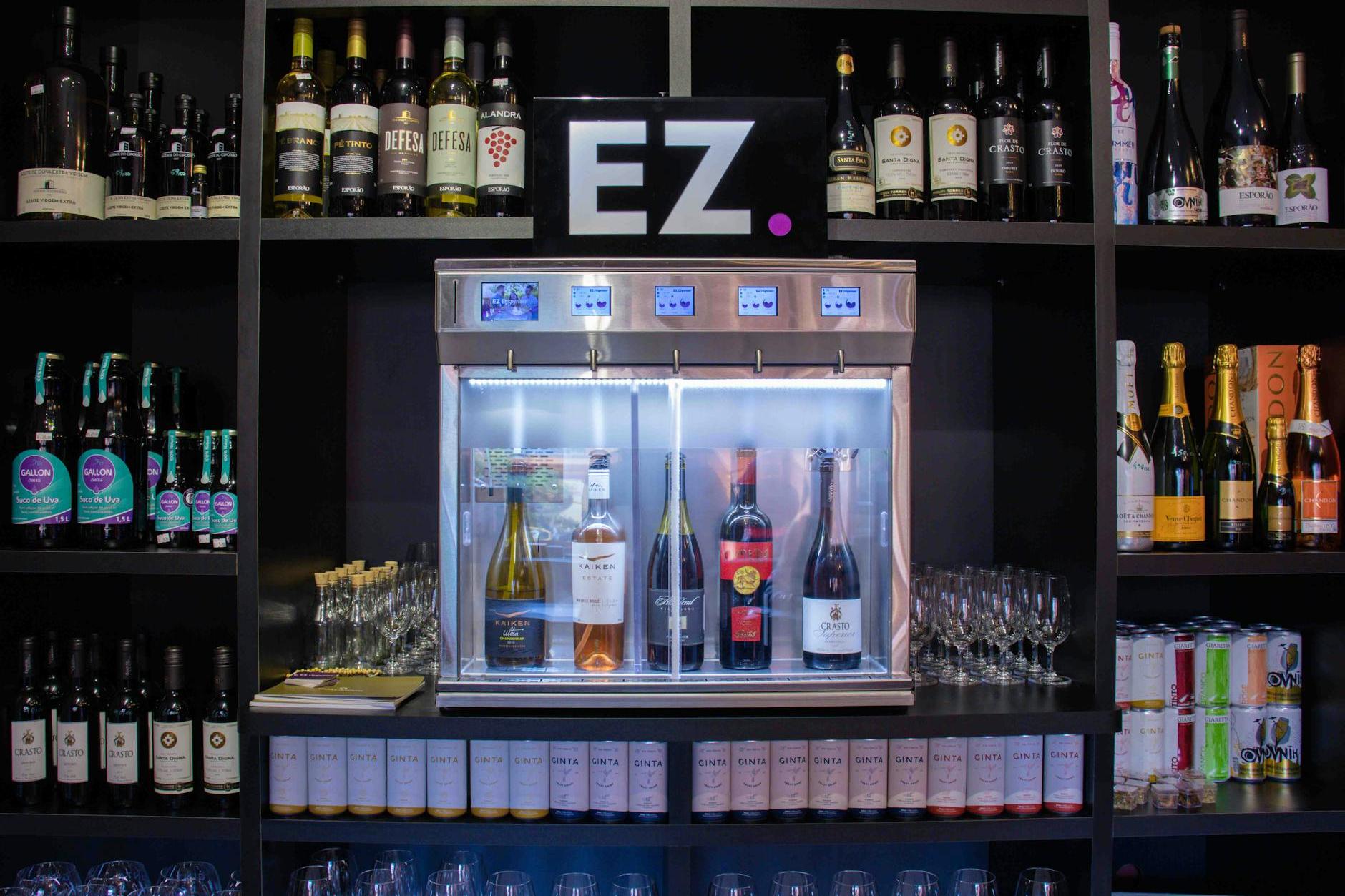- Shanghai Zhongshen International Trade Co., Ltd. - Two decades of trade agency expertise.
- Service Hotline: 139 1787 2118
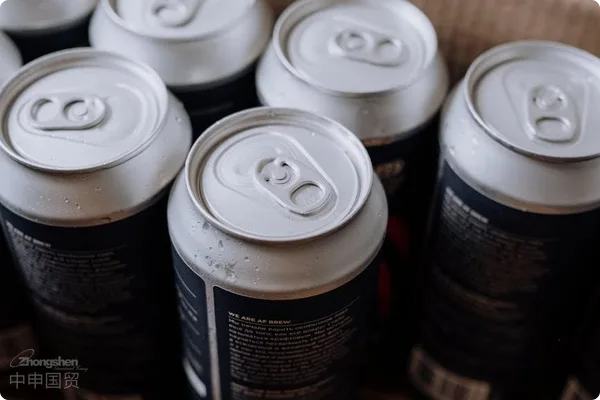
Contents
ToggleWhen craft beer meets HS codes
In 2018, while acting as an agent for Belgian Trappist beer, I once caused an entire container of goods to be detained at the port due to an HS code classification error. Although the first six digits of the customs code, 220300, appeared clear, there were still subdivisions for different categories:
- Abbey beers with a malt concentration of ≥14°P should be classified under 22030029.
- Fruit-flavored craft beer should be classified under 22030031.
- Non-alcoholic beer (≤0.5% vol) applies to 22030019.
It is recommended to prepare in advance.Original Factory Production Process CertificationandComposition Test ReportIf necessary, you may apply for customs pre-classification. For example, a client last year successfully resolved a classification dispute when importing Japanese sake-flavored beer by providing a complete saccharification flowchart.
The Temperature Game in Cold Chain Transportation
German beer must be transported at a constant temperature of 2-4°C, while certain Belgian sour beers allow a fluctuation of ±2°C. We have previously helped various clients reduce logistics costs with the following solutions:
| Transportation method | Temperature control | Applicable product categories | Full - container cold chain |
|---|---|---|---|
| Full cold chain container | ±0.5℃ | Premium craft beer | ¥18,000/container |
| Cold storage box consolidation | ±2℃/72h | Ordinary industrial beer | ¥6,500/cubic meter |
Special attention to the transportation of British IPA: This type of beer undergoes secondary fermentation, which generates pressure. We will installPressure balance valve, to prevent bottle explosions during summer transportation.
Those Bizarre Reasons for Returned Shipments We've Encountered Over the Years
- Labeling pitfalls: A South Korean wheat beer was required to provide sterilization certification due to the word "Fresh" on its label.
- Certificate validity period: The hygiene certificate for the Australian beer has expired for 3 days, and the entire batch of goods has undergone disinfection treatment.
- Capacity Mystery: A 330ml canned beer in the U.S. was measured at only 328ml, leading to consumer complaints.
It is recommended to establishLicense Management LedgerUnclear division of responsibilities
- The liquor distribution license is updated annually in January.
- The Chinese back label must specify the specific region of origin (e.g., Bavaria instead of Germany).
- The alcohol content should be labeled with one decimal place (e.g., 5.0% vol instead of 5%).
The Hidden Costs Behind Product Selection
A certain customer, once infatuated with a niche German brand, overlooked the following hidden costs:
- Consolidation demurrage fee due to insufficient minimum order quantity (¥800/day).
- Breakage rate caused by special bottle shapes (3% for standard bottles vs. 8% for irregular-shaped bottles).
- Training cost for promoters of niche wine products (¥200/person/hour)
It is recommended that newcomers start withStandard bottle shape,Mainstream categoriesCut in, and introduce specialty products after the channel matures.
The Decisive Details in Customs Clearance Speed
Practical experience of assisting a client in achieving 72-hour customs clearance this year:
- Submit the electronic version of the health certificate to the customs system 14 days in advance.
- Complete the Chinese label filing before the goods arrive at the port (note that the QR code size must be ≥2cm2).
- Please provide a dedicated beer bottle opener for sampling during the inspection appointment.
- Prepare empty bottles and cans of the same batch for capacity testing.
On one occasion, while preparing materials provided by the German original manufacturer,Sterile sampling bag, reducing the testing cycle from 5 working days to 2 days.
I still remember that stormy night in 2019 when I was verifying the malt saccharification data of Czech beer with a seasoned customs officer until the early hours. There are no shortcuts in this line of work—only professionalism and meticulousness can help you stand firm. If you're planning to start a beer import business, feel free to bring your specific questions and chat with Old Zhang.
Related Recommendations
Category case
Get in Touch
Email: service@sh-zhongshen.com
Related Recommendations
Contact via WeChat

? 2025. All Rights Reserved. Shanghai ICP No. 2023007705-2  PSB Record: Shanghai No.31011502009912
PSB Record: Shanghai No.31011502009912
